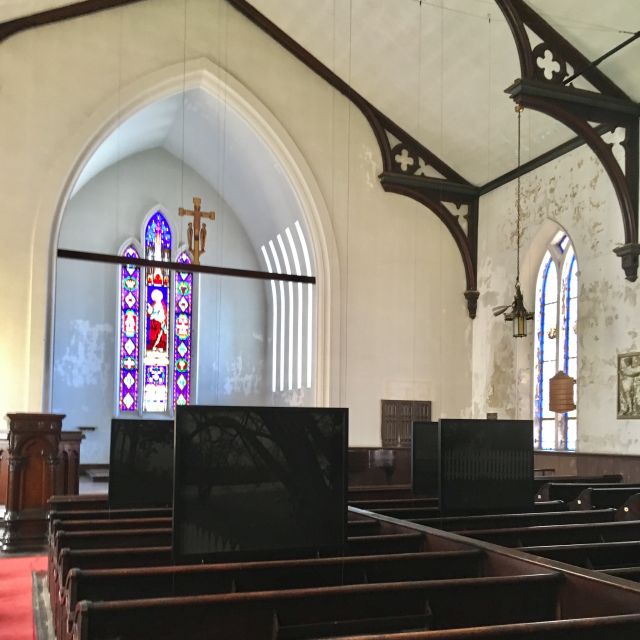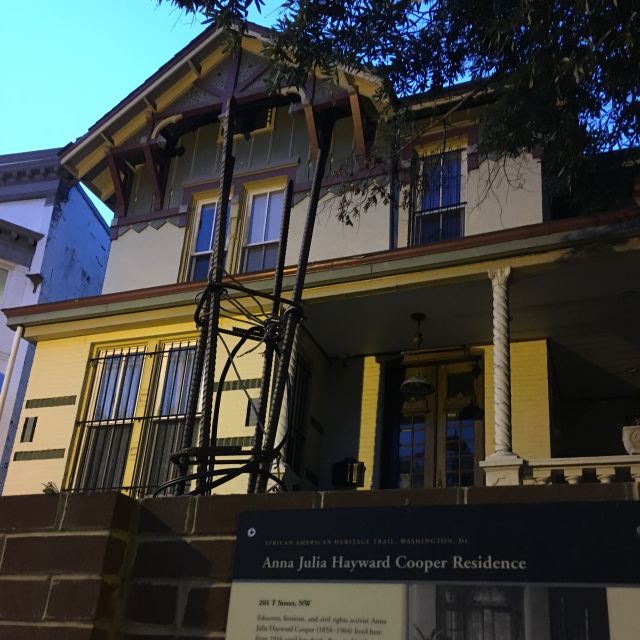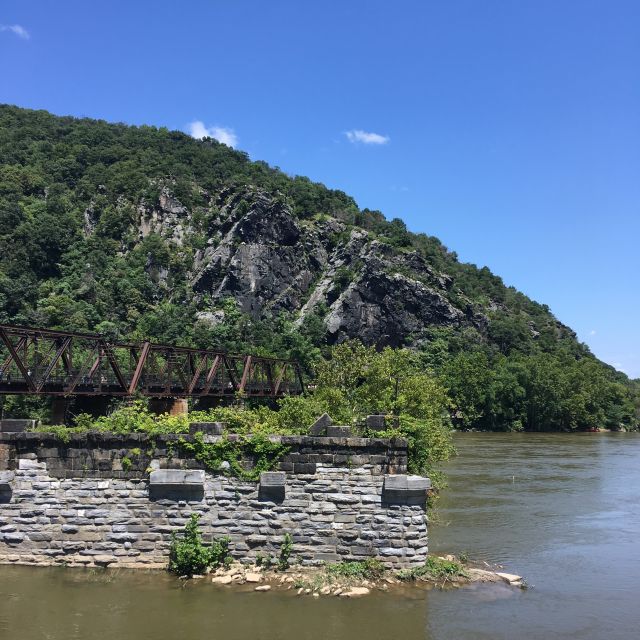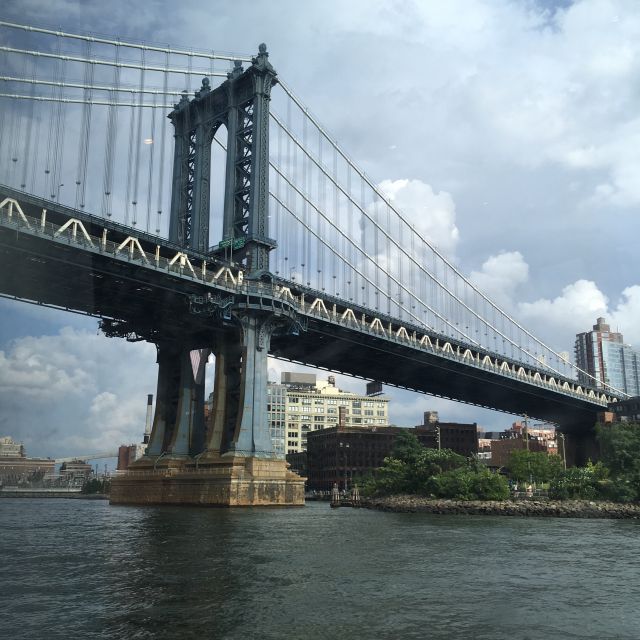SCALES #48: polymorphic chocolate
Hello!
A bit of an inadvertent relaxed summertime funtime schedule for this here newsletter, with a break that just kept going and going.
But I’m here now and I’m ready to go.
Concerning summertime travel snapshots
One reason for the relaxed schedule has been travel.

I spent some time here…

…and here…

…and here…

…and here…

…and here.
Concerning reading 19th-century short stories on the old American West
In one of those funny coincidences between book read and circumstance experienced (well, not that much of a coincidence—the book was expertly gifted), around the same time I travelled to Wisconsin I read the short story collection Main-Travelled Roads by Hamlin Garland. Garland was born in Wisconsin in 1860, but moved to Boston as a school teacher and aspiring writer. The stories in Main-Travelled Roads, written mainly in 1887–88 (in J.P., no less!) and published in 1891, were inspired by a visit back to the Midwest to see his family, who had moved further west to South Dakota.
In a 1922 introduction to the collection, Garland writes, “The two volumes of Main-Travelled Roads can now be taken to be what William Dean Howells called them, ‘historical fiction,’ for they form a record of the farmer’s life as I lived it and studied it.” But what surprised me is how modern the writing feels. There are moments of sentiment and melodrama, but overall the impression is far from creaky.
A few parts piece together the stories: lyrical, loving descriptions of the landscape, in particular the coolies of the Wisconsin glacial moraines, put in harsh relief with the hard and simple lives of the farming families; dialect speech; hard times; agrarian populism; patchworks of “Yankee”, “Dutch” German, and Scandinavian communities; courtship; ultra-caloric, substinence-focused meals; a lot of backbreaking labor.
And, in what came as a surprise to me, Garland portray his female characters with sensitivity and nuance. Male protagonists still often crowd the spotlight, but the women are independent, have their own desires and stories and agency, circumscribed by the society in which they live. The old woman who is determined to use her savings to visit her family back East despite her husband’s incredulity, the “Dutch” woman who crushes hard on the milkman, the wife who blossoms in her moral and entrepreneurial response to her husband’s bank failure. (What a concept—a banker being held to account!) Garland is sensitive to both the liberties and limitations afforded to women on the American frontier.
The stories often gave me one of the particular joys of reading old literature: the shock of finding, despite the trappings of an earlier time, the same tensions, the same struggles, the same humanity. Many moments feel modern: that bank crisis, class resentment, the disorienting speed at which places change (…between 1880 and 1887!)—and, on a personal scale, the complicated feelings of men returning to the Midwest after spending time in Boston.
I read Main-Travelled Roads in the handsome paperback recently published by Belt.
▢ ▢ ▢
Concerning assorted links that have caught my attention
Have you ever thought about the idea of a chapter? Like, really thought about it? A history of the chapter, and chapter headings, as a fundamentally fragmenting organizational tool, from an aid to skimming in antiquity (“Concerning…”) to “a unit that is oblique to the agency of characters within a fiction” in Middlemarch and Trollope. (h/t @npseaver & @waxpancake)
File under “just the right person for the job”: Amanda Hess, just the right person to explain on her video series Internetting the rise of the hand as an internet video body part. Ben Ratliff, just the right person to pull off reporting on, and reviewing, a composer-curated restaurant sound system playlist. Alex Ross, just the right person to review Tim Rutherford-Johnson’s new book on composed music since 1989. Anne Helen Petersen, just the right person to give an expert email newsletter gloss on (fellow J.T.R.P.) Taffy Brodesser-Acker's big Gwyneth Paltrow/GOOP profile. (How long ago that feels!)
Also in newsletters: A new 6! From accident reports to authenticity in climate communication and art.
Also in climate: A review of Deborah R. Coen’s book Climate in Motion: Science, Empire and the Problem of Scale discusses how the Austro-Hungarian Empire's research focus on climate science helped justify the sprawling polity's existence:
“Universities, institutes, museums, herbaria, observational networks, publishing houses and government bureaus settled on climatology, meteorology and the metaphor of atmospheric circulation as the scientific proof of the ‘naturalness’ of the empire. This group developed a science designed to show the dynamic interdependence of regions with wildly diverse topography, hydrography and vegetation. Just as the wind from Austria brought rain to the Hungarian plain, and alpine snows fed the lands of the Danube, so each region was shown to provide some climatic essential that an adjoining one lacked.”
Can’t help but bring to mind how, turned on its head, climate science’s knitting together of seemingly disparate regions can be instead precisely a disincentive to support this work under, ahem, certain political conditions.
▢ ▢ ▢
Concerning the science of melting chocolate
Did a little research into chocolate structure and rheology, inspired by the heat wave (again, how quickly summer passes!, &c.) softening some delicious 95% “Wicked Dark” Taza chocolate. From Chen and Mackley, “Flexible chocolate”, Soft Matter (2006):
“Chocolate is a complex material with physical characteristics that can vary significantly within a relatively small temperature range. At room temperature, chocolate is mainly in the semi solid state. However by the time it reaches the body temperature of 37 °C, the material is predominantly viscous and can possess a low yield stress of approximately 10–20 Pa. Chocolate can be variously described as a soft solid, a concentrated suspension or a paste. … One reason for the complexity of chocolate is due to the polymorphic nature of the primary fat constituent [i.e., cocoa butter]. Cocoa butter is known to be capable of existing in various crystalline forms and the standard ‘Wille and Lutton’ polymorph numbering system (I–VI) describes the existence of cocoa butter in six different crystalline configurations, with an increase in thermal stability from forms I to VI.”
▢ ▢ ▢
Thanks for reading! You can always forward to a friend/reply and say hi/subscribe.
—Adam